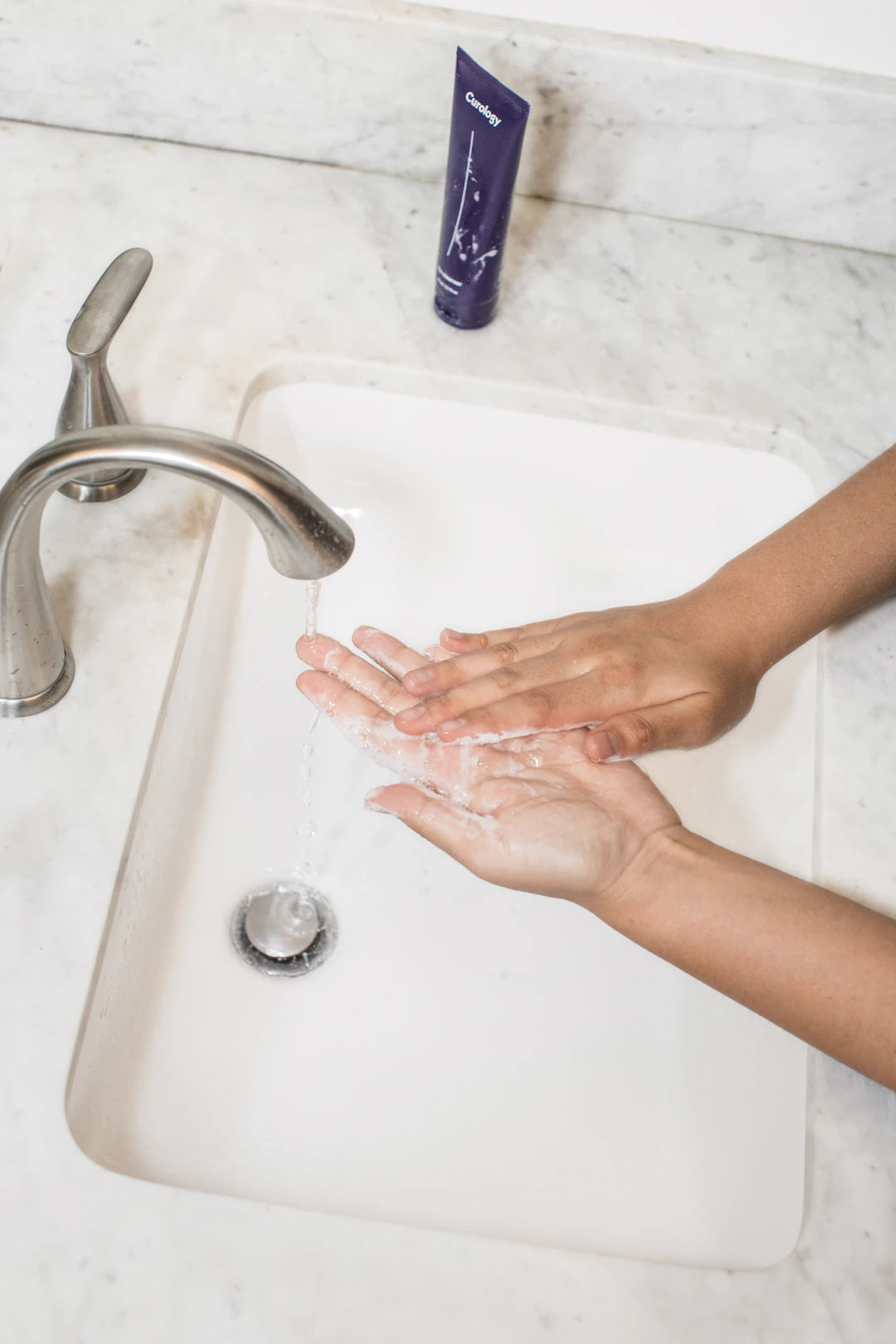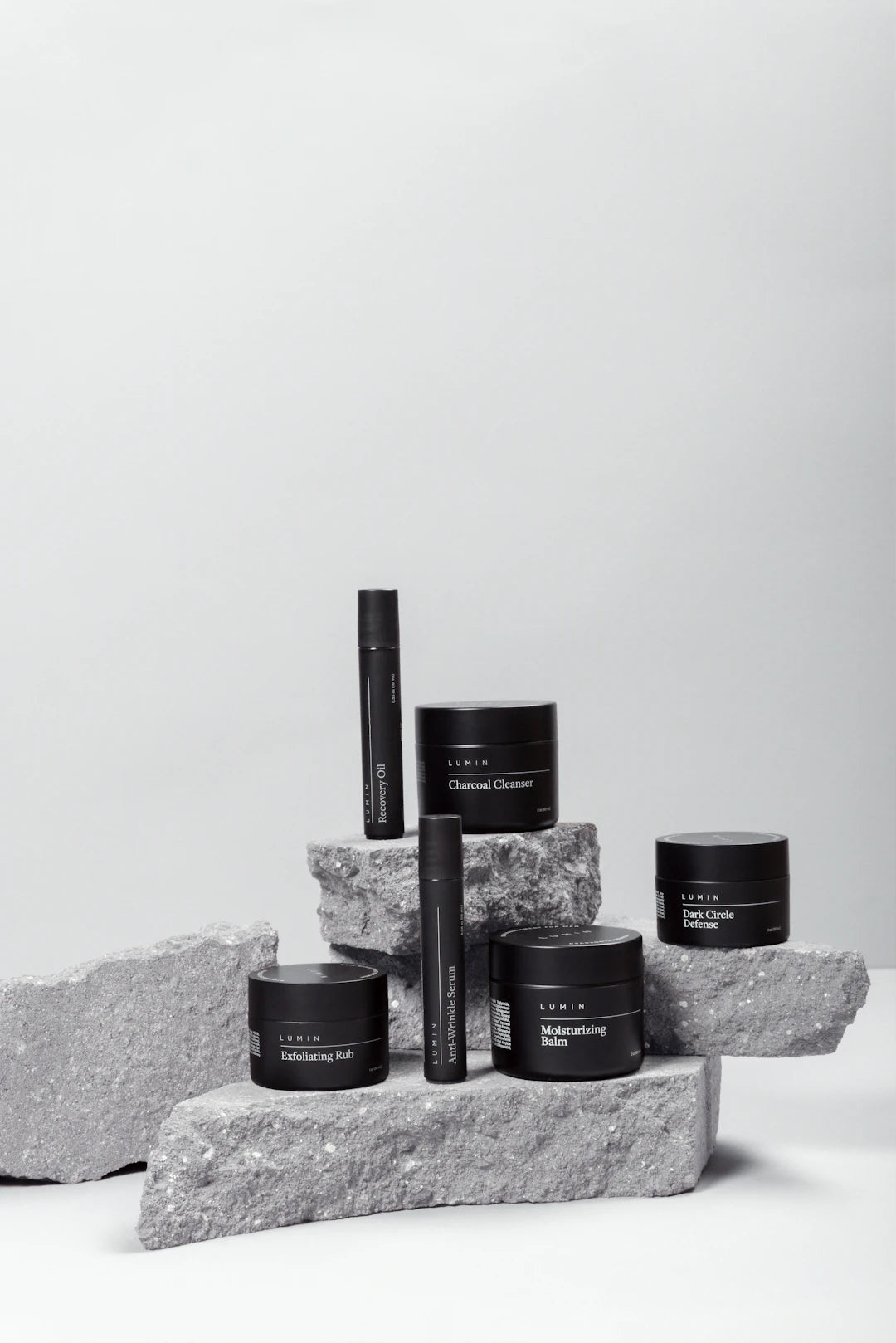The Vital Role of Cleansing in Your Skincare Routine

Frequently Asked Questions
1. Why is cleansing important for skin health?
2. How do I determine my skin type?
3. What type of cleanser should I use for my skin type?
4. How often should I cleanse my face?
5. What is the difference between cleansing and exfoliation?
When it comes to skincare, cleansing is the cornerstone of achieving healthy, radiant skin. Many individuals underestimate the importance of a thorough cleansing routine and, as a result, may miss out on the benefits of optimal skin health. In this blog post, we will explore the vital role of cleansing in skincare, the different types of cleansers available, and how to choose the perfect cleanser for your skin type. Let’s dive into the cleansing world and see how it sets the stage for a glowing complexion!
Understanding Skin Types
Before delving into the cleansing process, it's crucial to understand your skin type. Every individual's skin has unique characteristics, influencing how it reacts to various products and environmental factors. The main skin types include:
- Oily Skin: Characterized by an excess production of sebum, leading to a shiny appearance and enlarged pores.
- Dry Skin: Typically lacking moisture, this skin type can feel tight, rough, or flaky.
- Combination Skin: This type features both oily and dry areas, usually with an oily T-zone (forehead, nose, chin) and dry cheeks.
- Sensitive Skin: Easily irritated, sensitive skin can react to certain products or environmental changes.
Taking the time to identify your specific skin type will help you choose the right cleanser, which is the first step toward a successful skincare routine.
The Importance of Cleansing
Cleansing is not just about removing dirt and makeup from your face; it plays a multifaceted role in overall skin health. Here are some of the main benefits:
Removing Impurities
Throughout our day-to-day activities, our skin comes into contact with various pollutants, dirt, and bacteria. A cleanser acts as a shield by removing these impurities, helping prevent clogged pores and breakouts. By effectively cleansing your skin, you allow it to breathe and rejuvenate.
Preparing the Skin
A good cleansing routine prepares your skin for further skincare treatments. Whether applying a Sodium Hyaluronate moisturizer or a serum, having a clean canvas ensures that your products can penetrate effectively and provide maximum benefits. Cleansing removes barriers, allowing active ingredients to work their magic.
Balancing Skin pH
Our skin has a natural pH level usually between 4.5 and 5.5, which is known as its acidic mantle. A proper cleansing method will respect and support this delicate balance, contributing to a healthy skin barrier. When skin pH is out of balance, it can lead to issues such as dryness or excessive oiliness, making cleansing a vital step.
Choosing the Right Cleanser
With so many varieties available, selecting the right cleanser can be a daunting task. Here are some effective tips to help you make the best choice:
Consider Your Skin Type
Your skin type should dictate the cleanser you choose. Each skin type necessitates different features:
- Oily Skin: Look for a gel-based or foaming cleanser that can help remove excess oil without stripping the skin.
- Dry Skin: Opt for a creamy or hydrating cleanser that offers moisture and nourishment.
- Combination Skin: Choose a gentle formula that can hydrate dry areas while regulating oil production.
- Sensitive Skin: Mild, fragrance-free cleansers with soothing ingredients are ideal for preventing irritation.
Check the Ingredients
When selecting a cleanser, pay attention to the ingredients. Avoid harsh sulfates and parabens that can irritate the skin. Instead, seek out hydrating ingredients like glycerin or Sodium Hyaluronate, which can draw moisture into the skin and help maintain hydration levels. Look for pH-balanced products to keep your skin healthy.
The Cleansing Process
Once you've chosen the right cleanser, it's essential to apply it correctly for maximum benefits. Here is a simple step-by-step guide to a proper cleansing routine:
Step 1: Wash Your Hands
Before touching your face, ensure your hands are clean. This helps to prevent transferring bacteria and dirt to your skin.
Step 2: Wet Your Face
Use lukewarm water to wet your face. This temperature helps to open pores slightly, allowing your cleanser to work more effectively.
Step 3: Apply Cleanser
Take an appropriate amount of the cleanser and apply it to your face. Gently massage it in, using circular motions for about 30 seconds. This step helps to dislodge impurities and allow the product to penetrate effectively.
Step 4: Rinse Thoroughly
Rinse your face thoroughly with lukewarm water to ensure no product remains on the skin. Leaving cleanser residue can cause irritation or breakouts.
Step 5: Pat Dry
Use a soft towel to gently pat your face dry. Avoid rubbing, as this can cause irritation and redness.
How Often Should You Cleanse?
For most skin types, cleansing twice a day—once in the morning and once at night—is recommended. Morning cleansing removes sweat and oil produced overnight, while evening cleansing eliminates the grime accumulated throughout the day. However, if you have sensitive skin, you might find that cleansing once a day in the evening is sufficient.
The Aftermath: Moisturizing and Beyond
After cleansing, it's crucial to follow up with a good skincare regimen. Hydration is essential for all skin types, and using a Sodium Hyaluronate moisturizer can help retain moisture, enhance hydration, and support the skin barrier. This is an essential step in maintaining a luminous complexion.
Exfoliation vs. Cleansing
Many individuals often confuse cleansing with exfoliation. While both are essential components of a skincare routine, they serve distinct purposes. Cleansing removes surface-level impurities, while exfoliation helps shed dead skin cells and promotes cell turnover. Aim to exfoliate 1-2 times a week, depending on your skin type and the exfoliant's strength, but always follow up with a moisturizer.
Debunking Common Cleansing Myths
In the realm of skincare, myths abound. Let’s clear up some common misconceptions surrounding cleansing:
Myth 1: More Foam Equals Better Cleaning
Many people believe that foaming cleansers are inherently better. However, excessive foaming can strip away natural oils, leading to dehydration and irritation. A gentle cleanse is often more effective.
Myth 2: You Only Need to Cleanse at Night
While nighttime cleansing is crucial to remove makeup and pollutants, morning cleansing is equally important to refresh your skin and prepare it for the day ahead.
Myth 3: All Cleansers Are Created Equal
Not all cleansers are suitable for every skin type, and choosing based on skin type is essential for optimal health. Tailoring your products ensures your skin receives care that meets its specific needs.
Leveling Up Your Game: The Role of Makeup Removers
If you wear makeup, incorporating a makeup remover into your routine can elevate your cleansing game. Using a dedicated makeup remover before cleansing can effectively dissolve makeup, ensuring a deeper clean. This extra step is especially beneficial for long-wear or waterproof makeup.
Let’s Wrap It Up!
Achieving healthy, glowing skin begins with a solid cleansing routine. It removes impurities, prepares the skin for further treatments, and balances skin pH. The key is to choose a cleanser that suits your skin type, apply it consistently, and follow it up with moisturizing products like Sodium Hyaluronate moisturizer. With the right approach to cleansing, you're well on your way to a clearer complexion and improved skin health. Remember, healthy skin is always in style!


